
Liposuction is a popular cosmetic surgery procedure that helps remove excess fat from different areas of the body. However, one of the common side effects of liposuction is swelling. Swelling after liposuction is normal and can last for a few weeks or even months. In this article, I'll discuss the causes of swelling after liposuction and provide you with tips on how to reduce it.
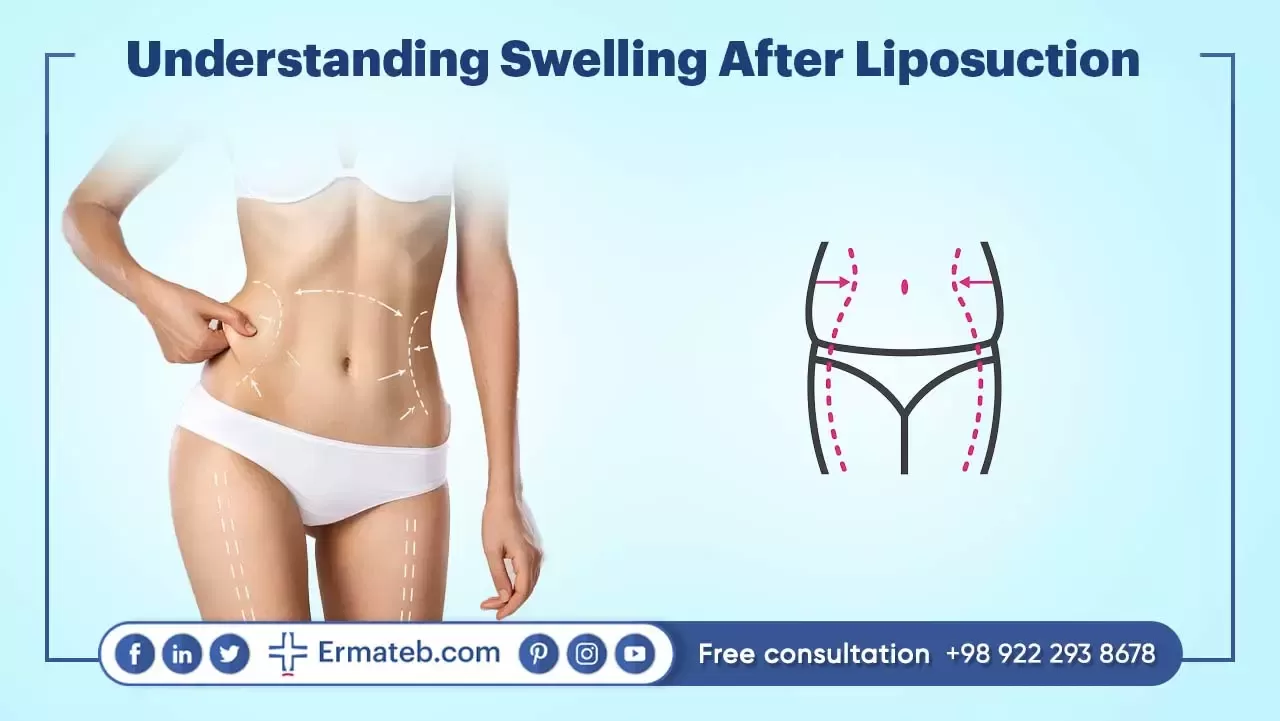
Swelling is a common side effect of liposuction. It occurs as a natural response to trauma caused by the liposuction procedure. During the procedure, the surgeon uses a cannula to break up the fat cells, which can cause damage to the surrounding tissues. As a result, your body's immune system responds by sending fluid to the affected area to heal the damage. This fluid buildup is what causes the swelling.
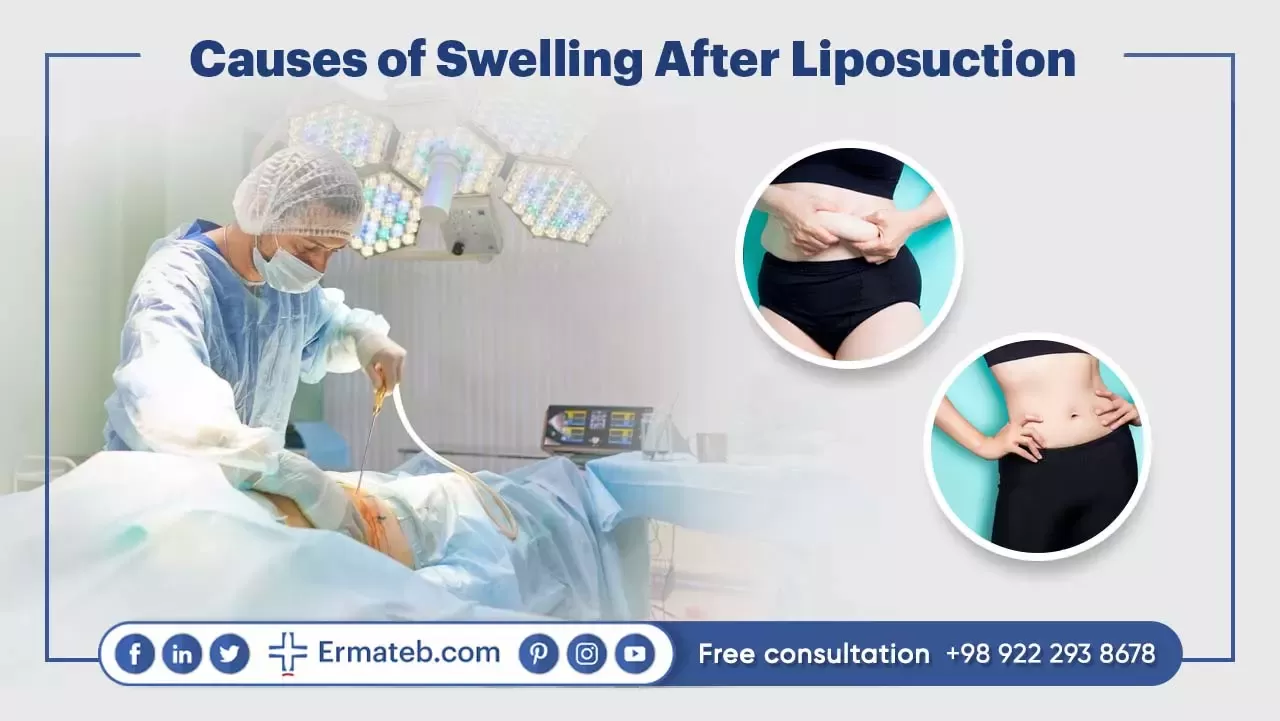
Swelling after liposuction can be caused by several factors. First, the amount of fat removed during the procedure can affect the level of swelling. The more fat that is removed, the more swelling you may experience. Second, the location of the liposuction can also affect swelling. Areas of the body with more blood vessels may have more swelling than areas with fewer blood vessels. Finally, the technique used during the procedure can also affect swelling. More aggressive techniques may cause more swelling than less aggressive ones.
Swelling after liposuction can last anywhere from a few weeks to several months. The duration of swelling depends on several factors such as the amount of fat removed, the location of the liposuction, and the technique used during the procedure. However, most people notice a significant reduction in swelling after the first few weeks.
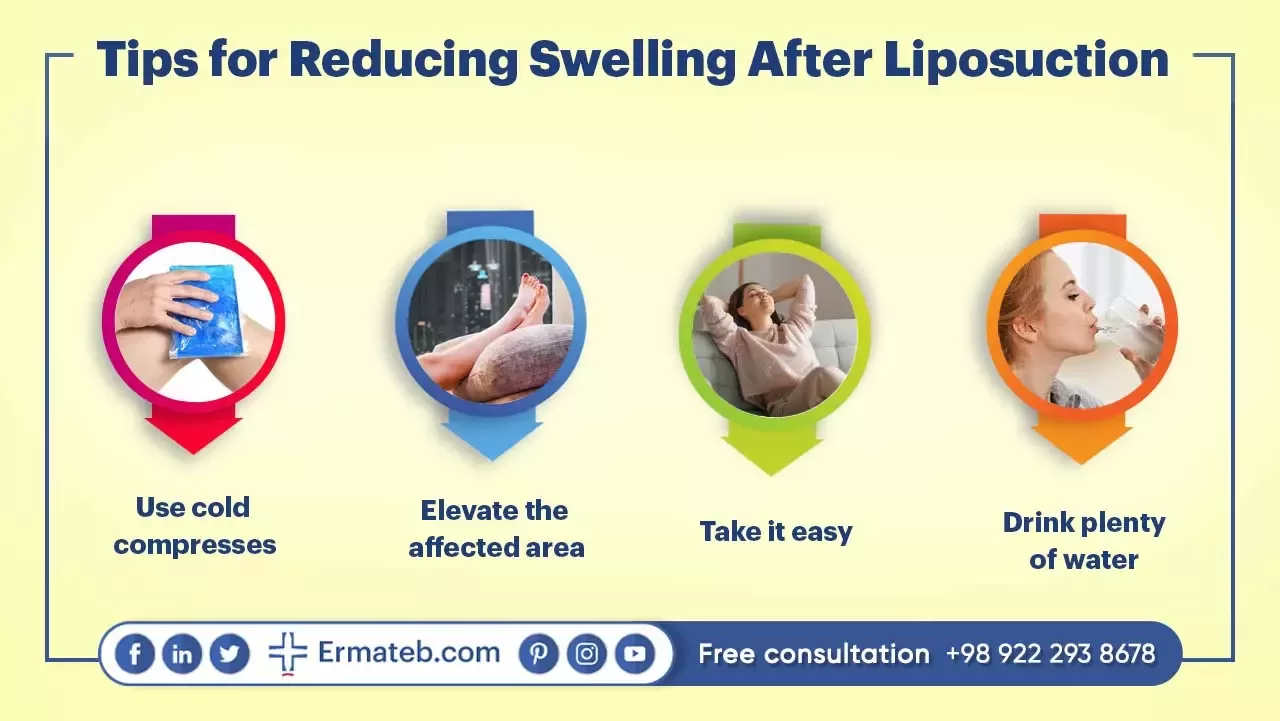
Reducing swelling after liposuction is important to ensure a smooth recovery. Here are some tips that can help reduce swelling:
• Drink plenty of water: Drinking water can help flush out excess fluids from your body, which can reduce swelling.
• Take it easy: Avoid strenuous activities for the first few weeks after the procedure. Too much activity can increase swelling and delay the healing process.
• Elevate the affected area: Elevating the area where the liposuction was performed can help reduce swelling. For example, if you had liposuction on your legs, elevate your legs whenever possible.
• Use cold compresses: Applying cold compresses to the affected area can help reduce swelling and discomfort. Use a clean towel or a bag of ice wrapped in a towel.
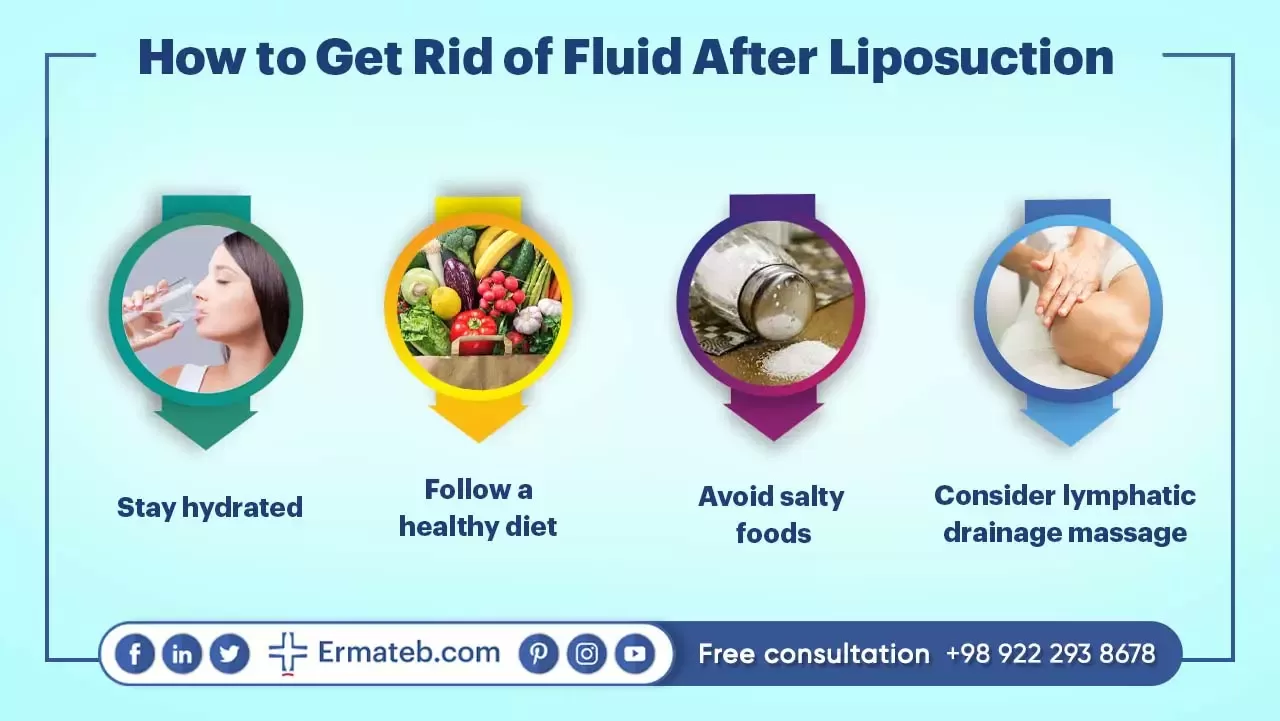
Getting rid of excess fluid after liposuction is important to reduce swelling and promote healing. Here are some tips that can help:
• Stay hydrated: Drinking plenty of water can help flush out excess fluids from your body. Aim to drink at least eight glasses of water a day.
• Follow a healthy diet: Eating a healthy diet can help reduce inflammation and promote healing. Focus on whole, nutrient-dense foods such as fruits, vegetables, whole grains, and lean protein.
• Avoid salty foods: Salt can cause your body to retain water, which can increase swelling. Avoid processed foods and snacks that are high in salt.
• Consider lymphatic drainage massage: Lymphatic drainage massage can help stimulate the lymphatic system to remove excess fluid from the body. Talk to your surgeon about whether this type of massage is right for you.
Cold compresses are a simple yet powerful tool in alleviating swelling after liposuction. The cold temperature helps to narrow blood vessels, constricting them and reducing blood flow to the treated area. This constriction helps to minimize inflammation and swelling.
To apply a cold compress, you can use a gel pack or a bag of frozen peas wrapped in a thin cloth. It is important to avoid placing ice directly on the skin to prevent ice burn. Gently apply the cold compress to the swollen areas for about 15-20 minutes at a time, several times a day. This can be done during the initial days following the procedure when swelling is most prominent.
The cold compress not only provides immediate relief but also helps to prevent further swelling. Additionally, it can help to numb the treated area, reducing any discomfort or pain that may be associated with the swelling.
By incorporating cold compresses into your post-liposuction recovery routine, you can significantly reduce swelling and promote a smoother healing process. Remember to be consistent with the application and always prioritize your comfort and well-being during this recovery period.
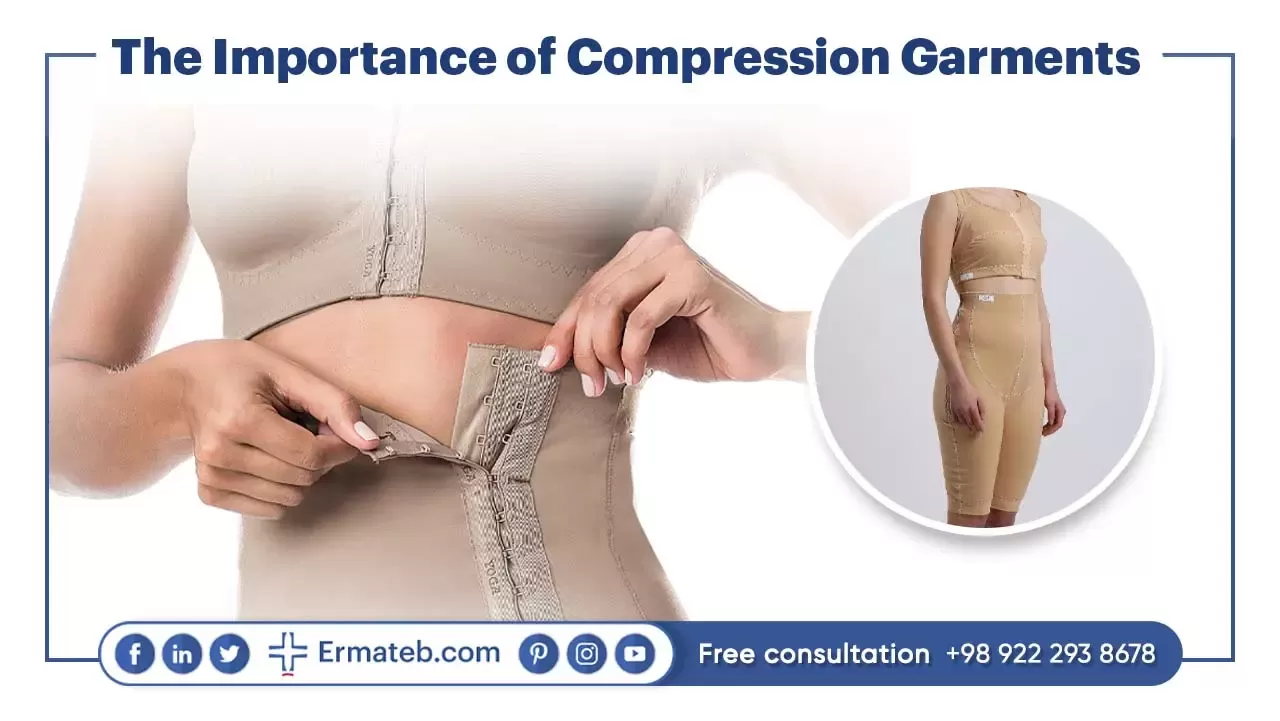
One of the most effective ways to reduce swelling after liposuction is to wear compression garments. Compression garments are tight-fitting garments that apply pressure to the affected area, helping to prevent the buildup of fluid and reducing swelling. They also help improve circulation, which can aid in the healing process.
It's important to follow your surgeon's instructions regarding when and how long to wear compression garments. Typically, patients are instructed to wear them continuously for the first few days after surgery, and then for several weeks during the day and evening. Some patients may need to wear them for longer, depending on their individual circumstances.
When selecting compression garments, ensure that they are of high quality and properly sized for your body. Ill-fitting garments may not provide the desired level of compression, hindering the recovery process. It is advisable to consult with your surgeon or a medical professional to determine the appropriate garment size and style for your specific needs.
Remember, wearing compression garments is just one aspect of a comprehensive post-liposuction care routine. It is essential to follow all the post-operative instructions provided by your surgeon, including proper wound care, maintaining a healthy lifestyle, and attending follow-up appointments. By diligently adhering to these guidelines and incorporating the use of compression garments, you can significantly reduce swelling after liposuction and achieve a beautifully recovered body.
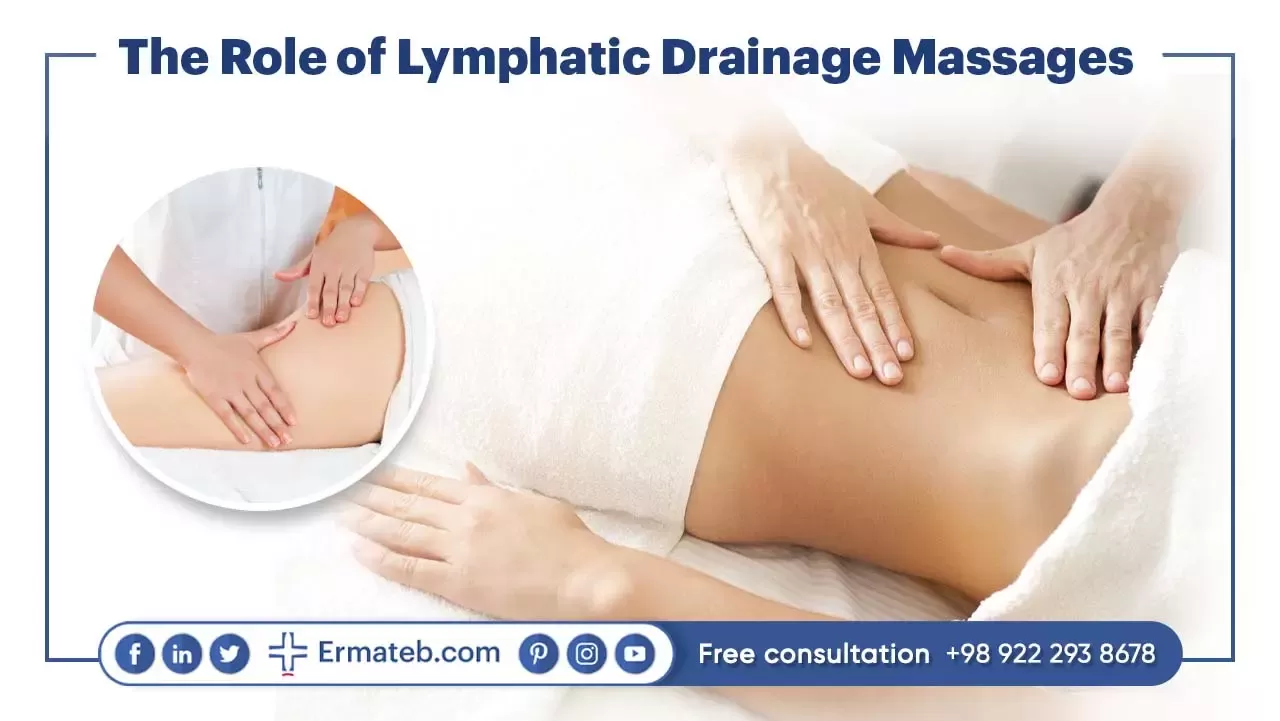
Another method that can help reduce swelling after liposuction is lymphatic drainage massage. This type of massage helps stimulate the lymphatic system, which is responsible for draining excess fluid from the body. By promoting lymphatic drainage, the massage can help reduce swelling and inflammation, and speed up the healing process.
During a lymphatic massage session, the therapist uses gentle, rhythmic movements that encourage the flow of lymph fluid. This gentle pressure aids in breaking down any accumulated fluids and improves the body's ability to eliminate them naturally. By doing so, lymphatic massage helps to reduce swelling and alleviate discomfort, allowing patients to recover more comfortably and quickly.
It's important to note that lymphatic massage should only be performed by a certified and experienced therapist who specializes in post-operative care. They are knowledgeable about the specific techniques and precautions necessary to ensure a safe and effective massage. Your surgeon or healthcare provider can provide recommendations or referrals to trusted therapists in your area.
In addition to reducing swelling, lymphatic massage can also have other benefits. It can help improve circulation, promote tissue regeneration, and even enhance the appearance of scars by increasing collagen production. Many patients report feeling a sense of relaxation and well-being during and after their lymphatic massage sessions, making it an enjoyable part of their recovery journey.
It's worth noting that while lymphatic massage can be beneficial, it is just one component of a comprehensive post-operative care plan. Following your surgeon's instructions, wearing compression garments as recommended, and maintaining a healthy lifestyle is also crucial in achieving optimal results and minimizing swelling.
In conclusion, incorporating lymphatic massage into your recovery plan after liposuction can significantly aid in reducing swelling and promoting a smoother healing process. Remember to consult with your surgeon or healthcare provider to determine if lymphatic massage is suitable for you and to find a qualified therapist who can provide the specialized care you need. By taking these steps, you can enhance your recovery experience and enjoy the beautiful results of your liposuction procedure.
It's important to note that not all surgeons recommend lymphatic drainage massage after liposuction, and some may advise against it. It's important to discuss this with your surgeon before undergoing the procedure and to seek the services of a qualified massage therapist if you do decide to have a massage.
In addition to compression garments and lymphatic drainage massage, there are some other things you can do to reduce swelling after liposuction. Starting a regimen of moderate activity and eating an anti-inflammatory diet can help reduce swelling and speed up the healing process.
Moderate activity, such as walking or light exercise, can help improve circulation and prevent blood clots. It's important to avoid strenuous activity or heavy lifting for several weeks after surgery, as this can increase swelling and slow down the healing process.
An anti-inflammatory diet, which includes foods that are high in antioxidants and anti-inflammatory compounds, can also help reduce swelling and inflammation. Foods such as leafy greens, berries, fatty fish, and nuts are all good choices for promoting healing after liposuction.
Eating a healthy diet can help reduce inflammation and promote healing after liposuction. Here are some foods to eat and avoid:
• Fruits and vegetables: Fruits and vegetables are rich in antioxidants, which can help reduce inflammation and promote healing.
• Whole grains: Whole grains are rich in fiber, which can help reduce inflammation and promote digestion.
• Lean protein: Lean protein sources such as chicken, fish, and beans can help promote healing and tissue repair.
• Processed foods: Processed foods are often high in salt, sugar, and unhealthy fats, which can increase inflammation and swelling.
• Alcohol: Alcohol can dehydrate your body and increase inflammation, which can increase swelling.
Swelling after liposuction is normal, but it's important to know when to call your doctor. Contact your surgeon if you experience any of the following:
• Excessive swelling: If your swelling is severe or doesn't improve with time, contact your surgeon.
• Fever: A fever could be a sign of an infection, which can delay the healing process and cause further complications.
• Pain: Pain that doesn't improve with medication could be a sign of a more serious problem.
Monitoring and documenting progress in swelling reduction is crucial for a successful recovery after liposuction. Swelling is a natural part of the healing process, and it can take several weeks or even months for the swelling to fully subside. However, by closely tracking and documenting your progress, you can gain a better understanding of how your body is responding to the procedure and ensure that you are on the right track towards a smoother recovery.
One effective way to monitor your swelling reduction is by taking regular measurements of the treated areas. This can be done using a tape measure or by marking specific points on your body with a pen and taking photographs at regular intervals. By comparing these measurements and visuals over time, you can observe any changes in swelling and identify if there are any areas that require extra attention or care.
It's also important to keep a detailed record of your recovery journey. This can include noting down any discomfort, pain levels, or changes in swelling on a daily basis. This documentation will not only help you track your progress but can also be valuable when discussing your recovery with your healthcare provider. By having accurate and specific information, they can provide you with personalized advice and recommendations to further reduce swelling and enhance your healing process.
Additionally, documenting your progress can serve as a source of motivation and encouragement during the recovery period. Seeing tangible evidence of your swelling reduction can provide reassurance that you are making positive strides toward- your desired outcome. It can also help you identify any patterns or triggers that may cause fluctuations in swelling, allowing you to make necessary adjustments to your post-operative routine.
In conclusion, monitoring and documenting the progress of swelling reduction is an essential component of a successful recovery after liposuction. By keeping track of measurements, maintaining detailed records, and regularly assessing your progress, you can ensure that you are taking the necessary steps toward a smoother and more beautiful outcome. Remember to consult with your healthcare provider for specific guidelines and recommendations tailored to your individual needs.
Conclusion:
Swelling After Liposuction is Normal, But You Can Take Steps to Reduce It.
Swelling after liposuction is a common side effect, but it doesn't have to be a major inconvenience. By following the tips outlined in this article, you can reduce swelling, promote healing, and ensure a smooth recovery. Remember to be patient and kind to yourself during the recovery process, and don't hesitate to reach out to your surgeon if you have any concerns.

